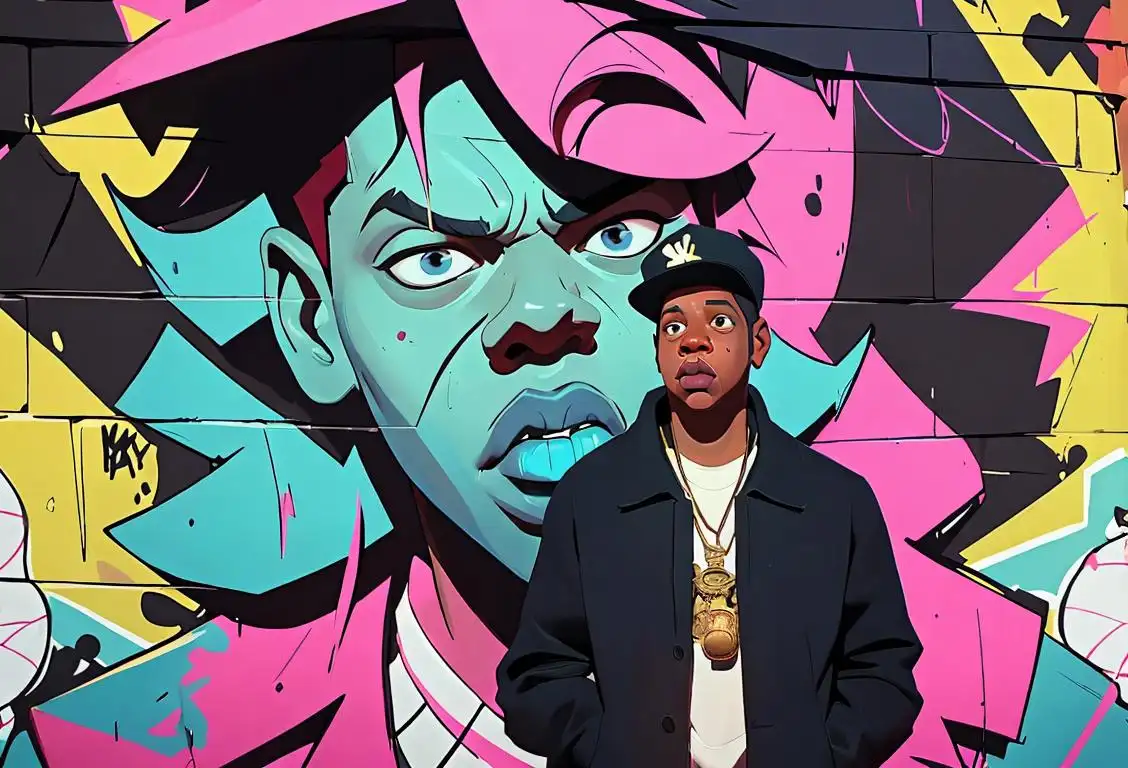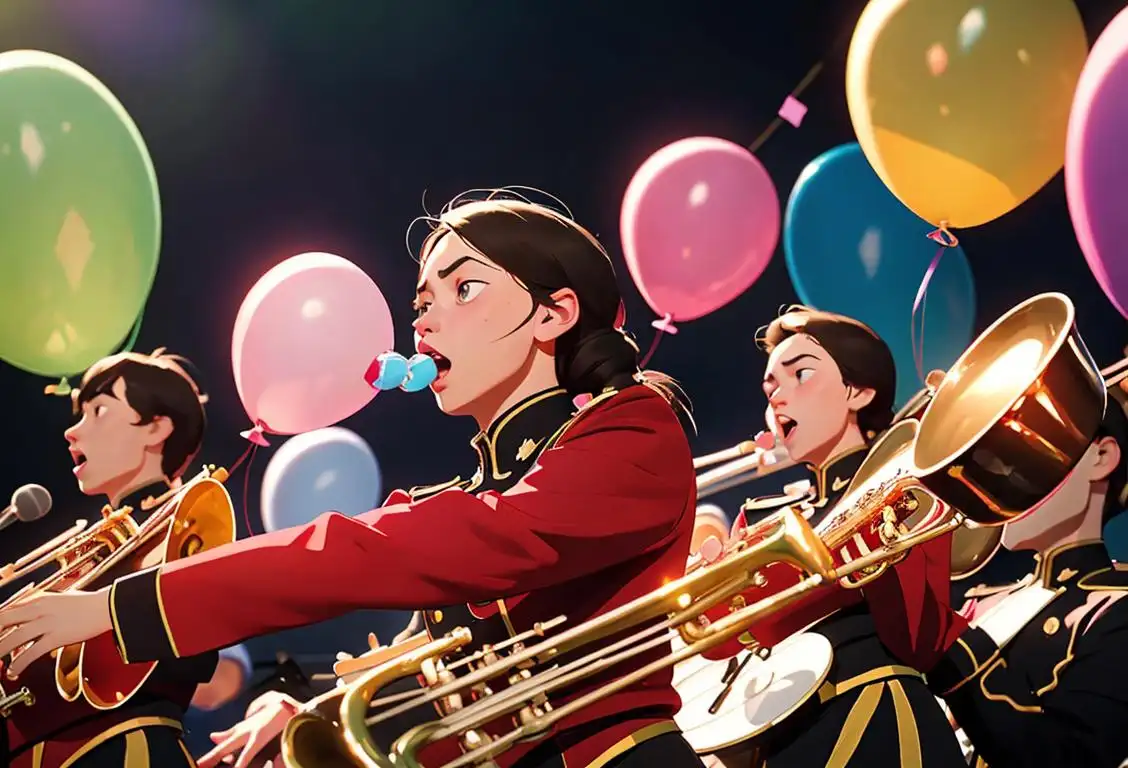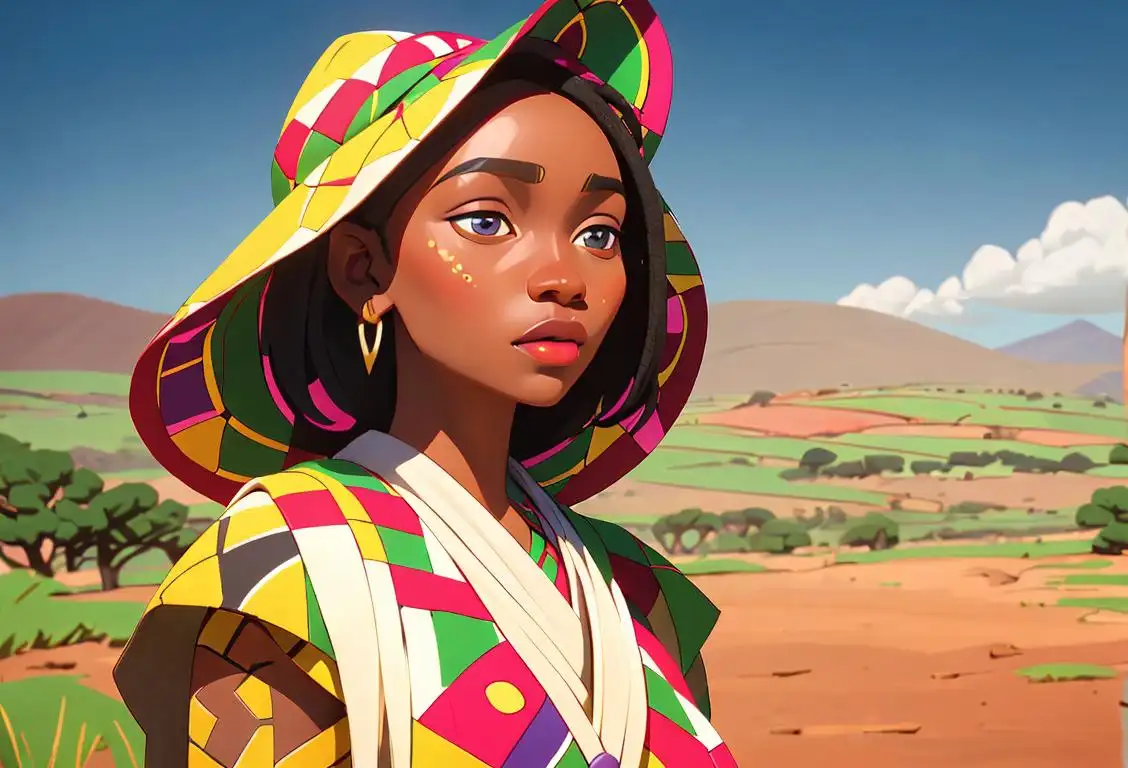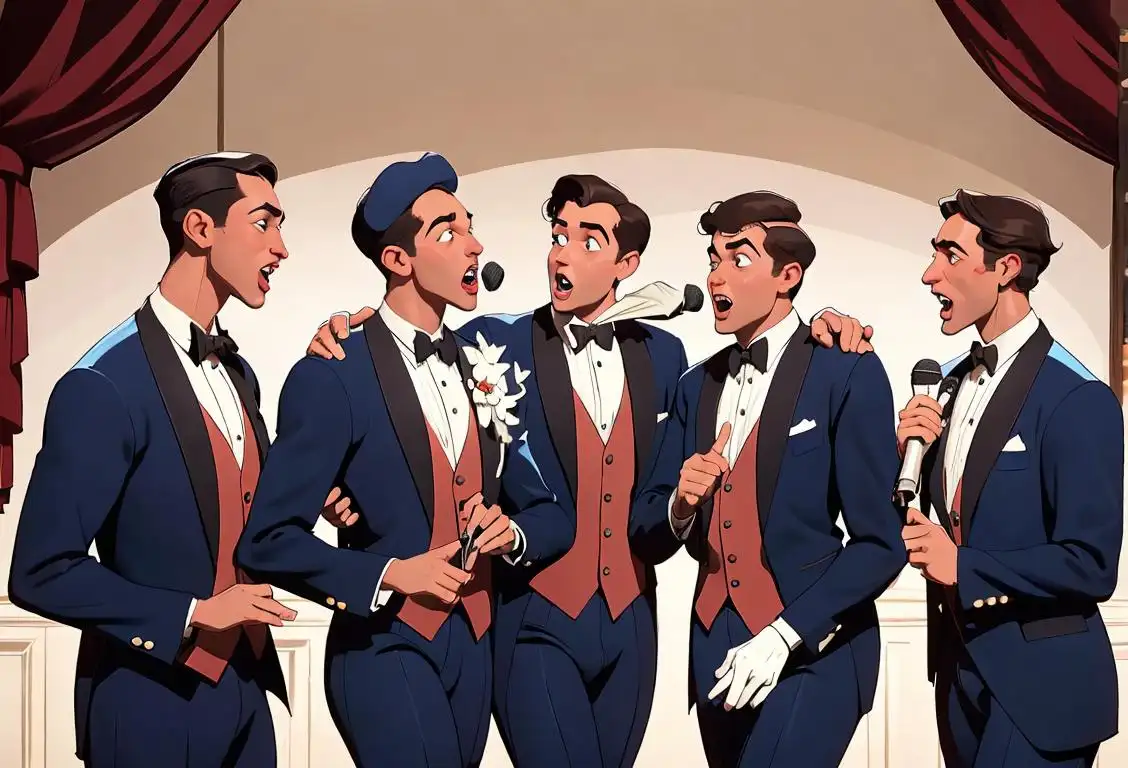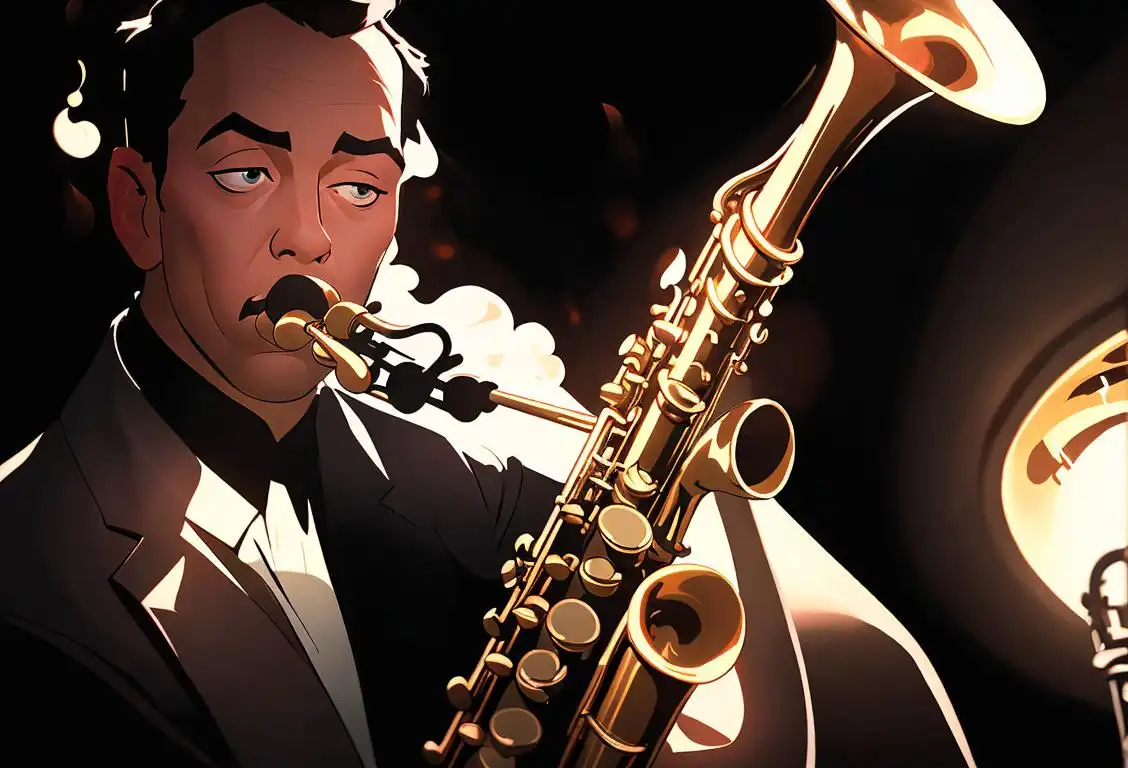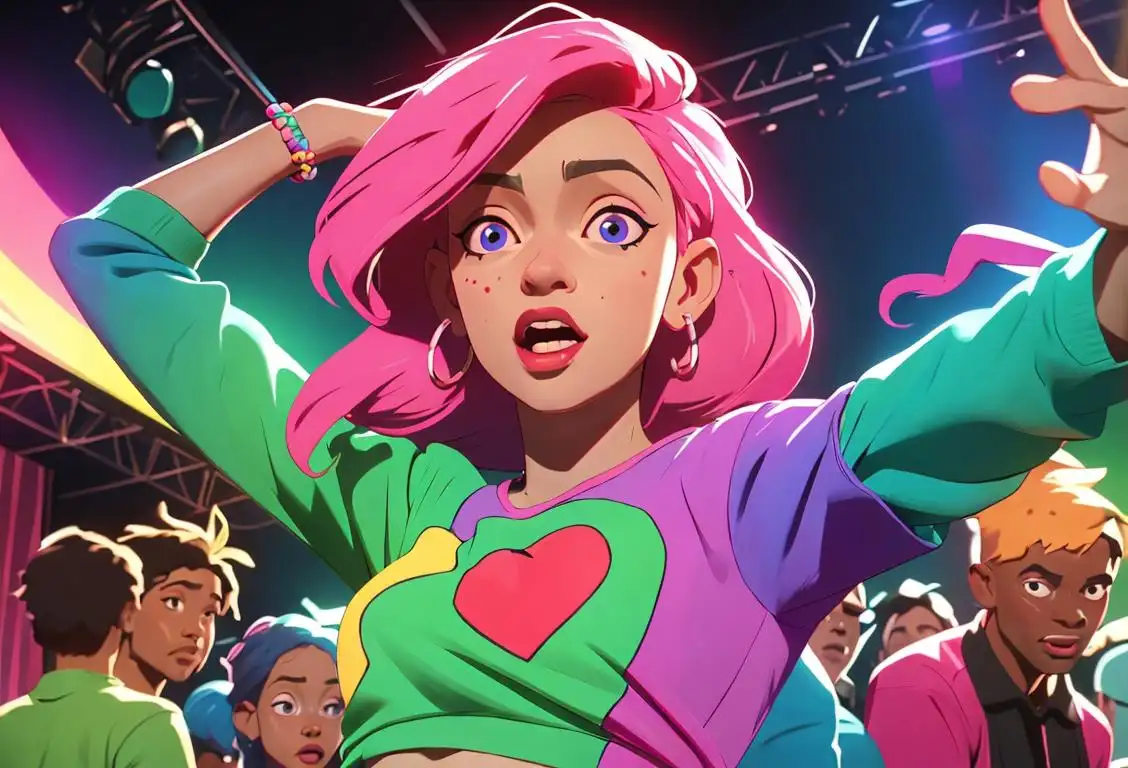National Dubstep Day
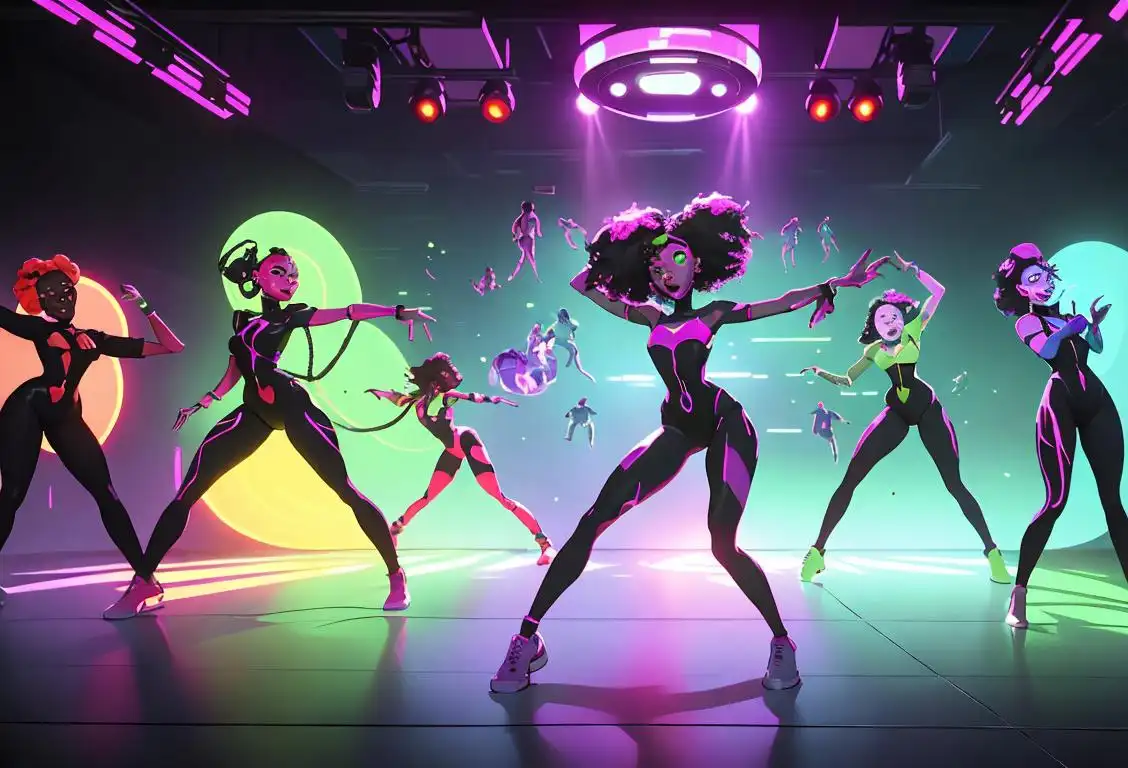
Get ready to drop the bass and wobble like there's no tomorrow because it's National Dubstep Day! This epic day celebrates the mind-bending genre of music that took the world by storm with its heavy beats, intense drops, and electrifying energy. Whether you're a fan of the wub-wubs or simply curious about the dubstep phenomenon, join us as we dive into the wild world of National Dubstep Day.
When is Dubstep Day?
It's national dubstep day on the 28th September.
The Birth of Dubstep
To truly appreciate National Dubstep Day, it's important to understand its roots. Dubstep emerged from the underground music scene in the early 2000s in South London, UK. Influenced by genres like reggae, drum and bass, and UK garage, dubstep took these sounds and transformed them into something completely unique. With its deep basslines and intricate rhythms, it quickly gained a devoted following.
Going Viral
The rise of the internet played a significant role in the popularity of dubstep. As the genre began to take off, artists like Skrillex, Rusko, and Excision started gaining widespread recognition through online platforms like SoundCloud and YouTube. Their tracks went viral, captivating listeners with head-banging drops and mind-blowing bass. People couldn't resist moving their bodies in sync with the massive beats.
National Dubstep Day: A Celebration of Bassdrop Glory
Fast forward to the present, and we now have National Dubstep Day! The origins of this special day are shrouded in mystery, but what we do know is that it's a time for dubstep enthusiasts to let loose and make some serious noise. Whether you're attending a dubstep concert, organizing a dance party with friends, or even experimenting with creating your own dubstep beats, National Dubstep Day is all about embracing the power of bass and celebrating the incredible artistry behind this genre.
Did You Know?
Did you know that the term 'dubstep' comes from 'dub' (a genre of reggae) and '2-step' (a style of UK garage)? It's a melting pot of musical influences that resulted in the hypnotizing sounds of dubstep as we know it today. So next time you're enjoying the deep, pulsating bass of a dubstep track, remember its diverse origins!
History behind the term 'Dubstep'
1998
The emergence of dubstep
Dubstep originated in South London in 1998 as a innovative subgenre of electronic dance music. The early pioneers of dubstep drew inspiration from various genres such as 2-step garage, dub, drum and bass, and Jamaican sound system culture. These early tracks were characterized by their heavy use of sub-bass frequencies, syncopated rhythms, and minimalistic beats.
Late 1990s
The Birth of UK Garage
In the late 1990s, a new genre of electronic dance music called UK Garage emerged in the underground music scene of London, UK. Characterized by its syncopated rhythms, soulful vocals, and heavy basslines, UK Garage gained popularity among club-goers and DJs.
1998
The Birth of Two-Step Garage
In 1998, the term 'dubstep' was born indirectly through the evolution of another genre called two-step garage. Two-step garage originated in the UK as a fusion of British garage and drum and bass. It featured syncopated beats, soulful vocals, and heavy basslines. Artists like El-B, Artful Dodger, and MJ Cole were pioneers of this genre, introducing a fresh sound to the UK underground music scene.
2001
The birth of dubstep labels
In 2001, the first dubstep-focused record labels were established. Big Apple Records, founded by John Kennedy and Arthur Smith, and Tempa, founded by Ammunition and Soulja, were among the pioneering labels that played a crucial role in shaping and promoting the genre. These labels provided a platform for emerging dubstep artists and allowed the genre to gain traction within the music industry.
2001
Dubstep Emerges from the Dub Influence
Dubstep emerged as a distinct genre in 2001 when artists began experimenting with elements of dub music. Dub, originating from Jamaica, is characterized by heavy basslines, reverb, delay, and a focus on rhythm and space. Producers like Digital Mystikz, Skream, and Benga began incorporating dub influences into their tracks, creating a darker, more minimalistic sound that would become synonymous with dubstep.
Early 2000s
The Emergence of Dubstep
Around the early 2000s, a group of UK Garage producers began experimenting with the sound, slowing down the tempo and focusing on sub-bass frequencies. This experimentation led to the creation of a new genre, which would later become known as dubstep. Dubstep combined the dark, bass-heavy elements of UK Garage with influences from other genres like dub and drum and bass.
2005
Rise to Mainstream Popularity
By 2005, dubstep started gaining popularity outside of the underground scene. The release of tracks like Skream's 'Midnight Request Line' and Benga's 'Night' brought the genre to a wider audience. These tracks featured heavy bass drops, distorted synths, and an overall dark atmosphere that captivated listeners. Dubstep became a staple of club culture, attracting attention from both electronic music enthusiasts and mainstream audiences.
Mid-2000s
Dubstep Goes Mainstream
By the mid-2000s, dubstep started gaining attention outside of its underground origins. Artists like Skream, Benga, and Digital Mystikz played significant roles in popularizing the genre through their releases and DJ sets. Dubstep's unique sound and energy began to resonate with audiences worldwide, and the genre started to evolve and diversify.
2004
The rise of dubstep culture
By 2004, dubstep had gained a dedicated following and began to develop its own distinct culture. Dubstep nights and events started popping up across London, including iconic venues like Plastic People and DMZ. These gatherings became hubs for artists, fans, and DJs who were deeply involved in the dubstep scene, solidifying its cultural significance.
Late 2000s
Dubstep Goes International
In the late 2000s, dubstep found a global audience, with artists from around the world incorporating the genre's signature elements into their own music. Dubstep began to influence various other genres, including pop, hip-hop, and even classical music. It became a staple in electronic music festivals and clubs, with dedicated fans embracing the genre's heavy bass drops and intense, energetic atmosphere.
2010
Dubstep's International Breakthrough
In 2010, dubstep reached its peak of international recognition and influence. Artists like Skrillex, Rusko, and Excision catapulted dubstep into the mainstream with their energetic and aggressive productions. Dubstep's distinct sound, characterized by the iconic 'wobble' basslines and intense drops, became a dominant force in the electronic music scene and influenced various genres and subgenres globally.
2006
Dubstep goes global
In 2006, dubstep started to gain international recognition. Artists such as Skream, Benga, and Digital Mystikz released influential tracks that resonated with listeners around the world. The distinct sound of dubstep, combining heavy basslines, melodic elements, and dark atmospheres, began to influence other electronic music genres and even mainstream pop music.
Present
Continued Evolution and Subgenre Diversification
Dubstep continues to evolve and diversify, spawning numerous subgenres and fusion styles. Artists experiment with different elements, blending dubstep with genres like trap, drum and bass, and even pop music. While dubstep's popularity may have waned slightly, its impact on electronic music as a whole is undeniable, with its distinctive sound remaining influential and resonating with audiences worldwide.
2010
Mainstream success and commercialization
Dubstep reached its peak of popularity around 2010. Major artists like Skrillex, Nero, and Flux Pavilion started incorporating dubstep elements into their music, attracting a wider audience and bringing the genre into the commercial mainstream. This increased exposure also led to some criticism and debates surrounding the commercialization of dubstep and its departure from its underground roots.
Present
Dubstep's Legacy
Dubstep's impact on the music industry has been immense. It laid the foundation for the development of future bass, trap, and other subgenres. While its popularity may have peaked, dubstep continues to inspire and influence new generations of producers and artists, remaining an important part of electronic music history.
Present
Dubstep continues to evolve
Today, the dubstep genre continues to evolve, with artists constantly pushing boundaries and experimenting with new sounds. Subgenres like riddim, deep dubstep, and future garage have emerged, each adding their own unique flavors to the dubstep landscape. Despite its transformation over the years, dubstep remains an influential force in electronic music and continues to captivate listeners with its powerful and immersive sonic experience.
Did you know?
Did you know that the term 'dubstep' comes from 'dub' (a genre of reggae) and '2-step' (a style of UK garage)? It's a melting pot of musical influences that resulted in the hypnotizing sounds of dubstep as we know it today. So next time you're enjoying the deep, pulsating bass of a dubstep track, remember its diverse origins!Tagged
celebration culture musicFirst identified
27th August 2018Most mentioned on
28th September 2020Total mentions
320Other days
Jay Z Day
Band Day
Louisiana Day
Xhosa Day
Reggae Day
Bagpipe Day
Barbershop Quartet Day
Dubstep Day
Jazz Day
Dub Day
